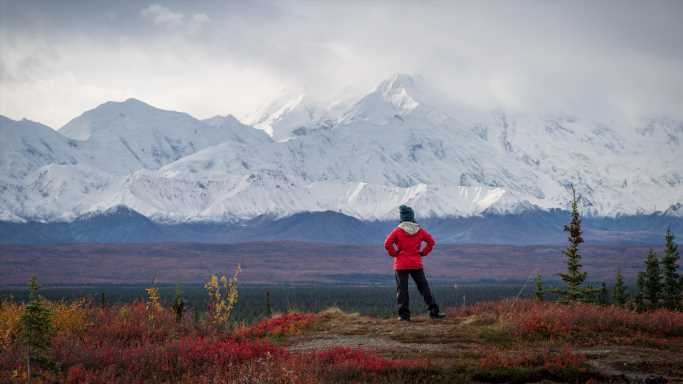The number of retired baby boomers increased by 3.2 million in 2020, compared to 2019, according to Pew Research Center. That was the largest increase since 2011, when the oldest members of the generation first hit retirement age. Americans reaching retirement may seek a place where they can spend their golden years in good health. Nationwide, the health and well-being of older Americans vary considerably from state to state.
In order to determine the worst state for a healthy retirement, 24/7 Tempo created an index using 17 health indicators for Americans 65 and older from the Centers for Disease Control and Prevention’s Healthy Aging Program.
In order to stay healthy in older age, it is important that people eat a healthy diet, avoid unhealthy habits like smoking and get preventive medical care like vaccinations and disease screenings. Yet it can be difficult for some, especially those on a fixed income, to afford medical care. It is important that retirees have a good idea of what their cost of living will be so they can aim to save enough to avoid financial hardship. This is what it costs to retire in every state.
2020 introduced a new health concern for older Americans: the COVID-19 pandemic. The novel coronavirus is more likely to cause severe, even fatal, disease in older people. State and local leaders therefore have prioritized older residents to receive COVID-19 vaccinations. However, not every place has proven equally adept at getting their vaccine supply into the arms of those who need it.
Alaska is the worst state for a healthy retirement. Here’s why:
> Population: 731,545
> Pct. of population 65+: 12.4% (second lowest)
> Disability, 65+: 45.2% (16th highest)
> Older adults who don’t exercise: 25.4% (fifth lowest)
> 2 doses of COVID-19 vaccine administered, March 2: 13.7% (the highest)
> Flu vaccine in the past year, 65+: 49.0% (ninth lowest)
> Primary care physicians: 91 per 100,000 (sixth most)
> Avg. retirement income: $43,642 (the highest)
For retirees searching for a warm place to spend their golden years, Alaska is not a retirement destination. Just 12.4% of state residents are 65 and older, the second-lowest share of any U.S. state.
Many Alaskans live in remote locations, making access to regular medical care a challenge. Both older men and older women are less likely to be up to date with some clinical preventive services, such as cholesterol screenings, colonoscopies and mammograms. This also may be due to the financial struggles many older people in Alaska face, as 8.1% of state households with residents age 65 and older rely on public assistance income. This is the highest share of any state and more than four times higher than the nationwide rate of 1.8%.
Click here to see all 50 states ranked from worst to best for a healthy retirement.
Get Our Free Investment Newsletter
Source: Read Full Article
